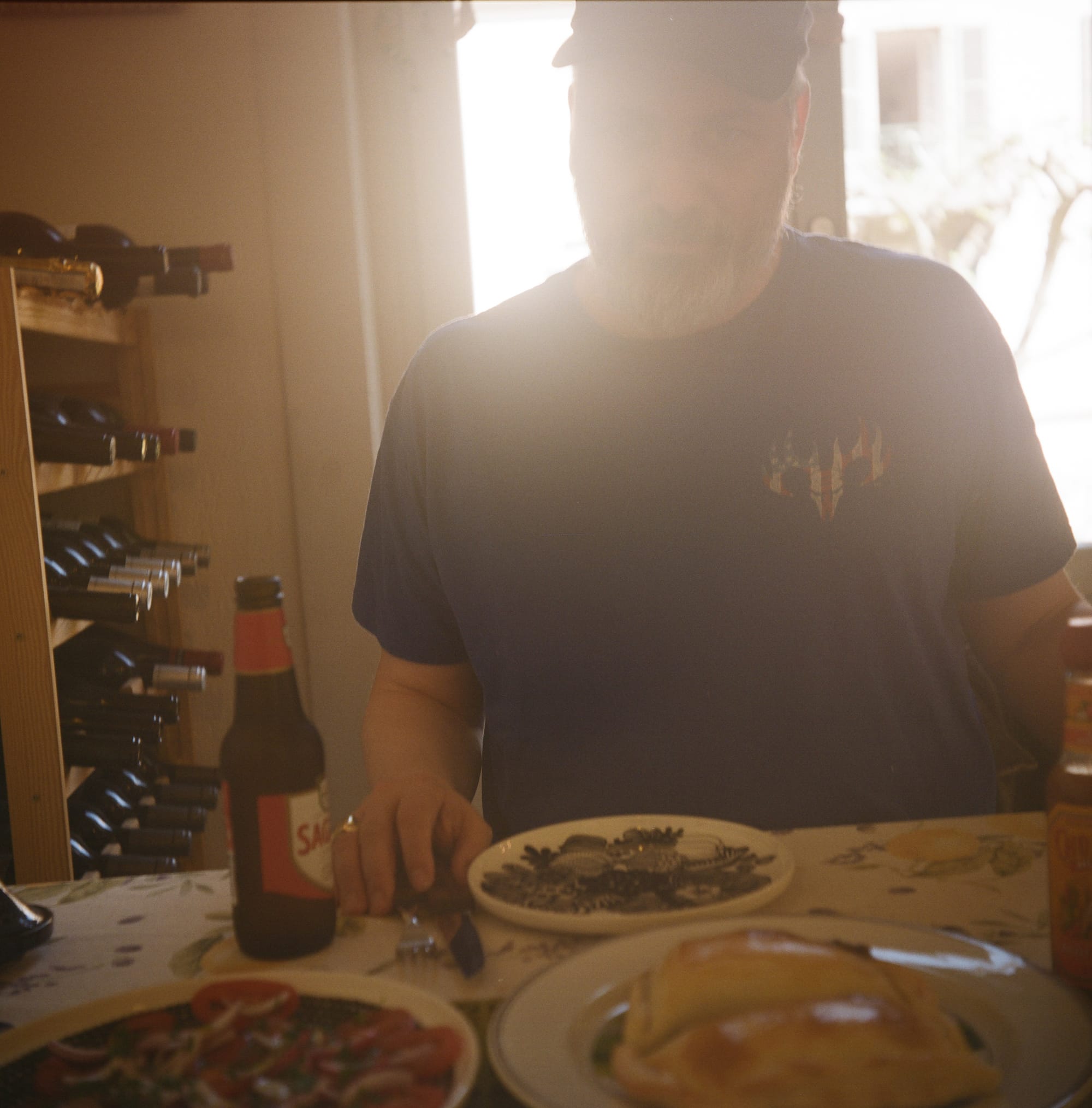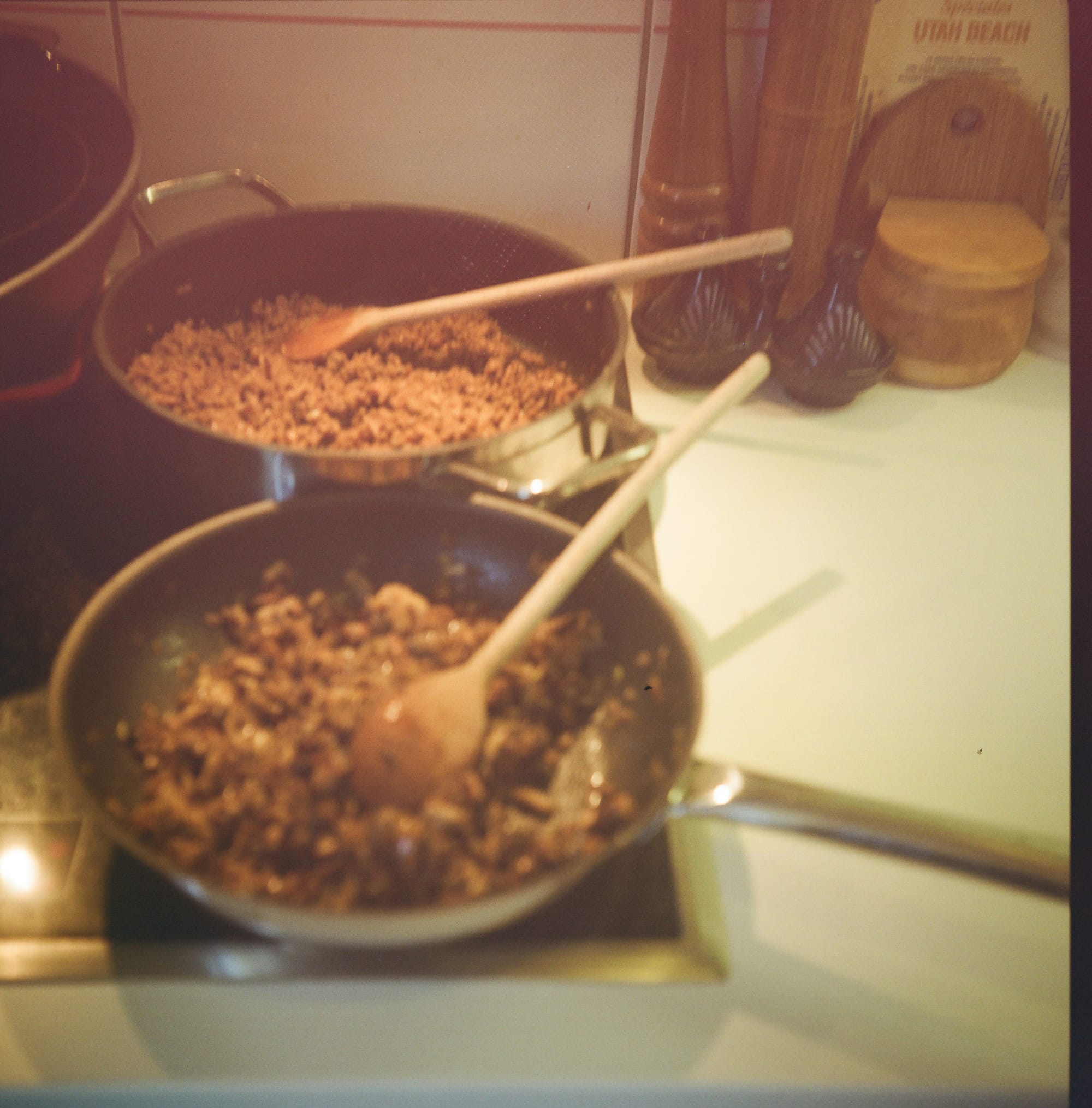What to eat CHILE 🇨🇱 Empanadas
Many Latin American nations feature empanadas on their menus... but the Chileans have made their version... their national dish... In Chile, empanadas are served everywhere, as snacks with drinks, at street stalls, in people’s homes and at rest stops along the road as well as in restaurants.

Empanadas
Published May 3, 2024 · by Amanda Rivkin Häsler
Many Latin American nations feature empanadas on their menus and as part of the national cuisine, but the Chileans have made their version, with a spiced minced meat and onion stuffed combo complemented by raisins, eggs and olive, their national dish. In 1970, when the much-lionized former president Salvador Allende was elected President, he celebrated his victory and that of his brand of revolutionary socialism “with red wine and empanadas.”
The square shape of Chile’s particular brand is akin to what The New York Times described a decade and a half ago as “folded meat pies.” They are not dissimilar in service to other dishes Swiss Global Dining has examined such as Bolivian salteñas and Australian meat pies in form and function, though the origin story goes back far deeper.
In Chile, empanadas are served everywhere, as snacks with drinks, at street stalls, in people’s homes and at rest stops along the road as well as in restaurants. While empanadas can be baked or fried, traditional Chilean empanadas are baked. And while they can be stuffed with any number of ingredients, leaving room for much experimentation, the classic Chilean empanada has a pino, a word that comes from the indigenous Mapuche word pinu, meaning pieces of cooked meat.
While Chilean empanadas like many things in Latin America trace their roots to the colonial power that was once in charge, namely Spain, it is likely the true origin of empanadas is much deeper. The conquistadores led by Pedro de Valdivia were the first Spaniards in Chile. De Valdivia and his entourage traveled south from Peru and began settling into the land between the Andes and the Pacific Ocean in the sixteenth century.
While empanadas are documented history in the land we know as contemporary Spain as early as the 1200s, medieval Spain was home to a mix that included Arabs and Jews alike when the territory we know as the Iberian Peninsula today was a Moorish land known as Al-Andalus.
Some histories of the dish point to the time of the Crusades as an origin point, when soldiers traveled long distances in places where food was not readily available for them. Such tales of the Middle Ages begin with women splitting a loaf of bread, adding stew to keep the bread moist and from hardening and then folding it over again, an act known in Spanish as empanar. This tradition later spread to the colonies through industries such as soldiering and mining.
Others suggest it began earlier during Arab rule. Regardless, King Ferdinand and Queen Isabella may have expelled Arab and Jewish people alike, but a savory treat reminiscent of their time in Al-Andalus likely remained – and spread to the new world.
Chile’s indigenous Mapuches are recorded making empanadas during the Spanish conquests. Francisco Núñez de Pineda y Bascuñán attacked the Mapuche in 1620 and was captured. He wrote of being fed empanadas during his months as a prisoner of war.

Chile has long been a mining country. And miners require food that can be carried all day and easy to transport. The convenience of empanadas additionally serviced miners in that they could hold the folded over dough and not worry about sullying their hands or having their mine-worked hands contaminate the meat.
In contemporary times, the US-backed military dictatorship of Agosto Pinochet again caused Chilean flavors to spread around the world, this time due to outward immigration. New communities began to taste Chile’s national dish as the country fell into authoritarian rule.
Paula Tejeda, a Chilean in San Francisco who owned the restaurant Chile Lindo told local KQED radio station, “The idea of anything breaded in an international concept,” though “the Chileans made it their national food.”
“For Chileans, empanadas and wine are what they have to celebrate their independence. They celebrate for a month as if it happened yesterday,” Tejeda said.
Recipe
Ingredients:
For the dough:
4 cups of flour
1 tablespoon salt
100 grams of butter
1 cup of water
For the pino (or stuffing):
Olive oil
2 small yellow onions
2 shallots (or 8 cloves of garlic)
500 grams of ground beef
1 tablespoon pimentón
1 tablespoon ground hot pepper
1 tablespoon cajun seasoning
1 tablespoon sazón
1 tablespoon oregano
1 tablespoon salt
For the mushrooms:
Olive oil
2 small yellow onions
2 shallots (or 8 cloves of garlic)
300 grams of seasonal mushrooms
If desired:
2 hard-boiled eggs
30 or so raisins
OR
100 grams of Asiago cheese
For glaze for empanadas before baking:
1 egg
1 tablespoon of water
Step 1: Combine dry ingredients for the dough. Melt butter on stove top and add along with water. Combine with a wooden spoon to form dough. Cover with a damp cloth if using right away or same day, otherwise refrigerate.
Step 2: Dice the onions and shallots.
Step 3: Begin by adding onions to a pan with olive oil. Caramelize on a low heat until brown, then add the shallots and stir.
Step 4: Slice the mushrooms into small to medium-sized pieces.
Step 5: Heat a thin layer of olive oil in a second frying pan and add the mushrooms and one teaspoon of salt. Stir and add three wooden spoons or approximately half of the caramelized onions and shallot to the mushrooms. Stir.
Step 6: In the first pan, add the ground beef to the caramelized onions and shallots and stir. Add dry ingredients and stir together. Continue to stir until beef fragments into small pieces.

Step 7: Pre-heat oven to 200 degrees centigrade.
Step 8: Flour surface and roll out the dough until it is 2-3 cm thick. Cut out a circle of approximately 20 centimeters in diameter. Add approximately 4-5 tablespoons of filling on one side of the dough before folding, and optionally, several raisins, one-fourth of a hard-boiled egg or a few thin slices of Asiago cheese.
Step 9: Fold dough over, folding the three remaining sides over and pinching the corners. Set on baking tray with baking paper on it.
Step 10: Glaze with egg and water mixture before baking 25-30 minutes until done. Allow to cool.
Step 11: Serve with a variety of condiments including chimichurri (see our recipe) or hot sauce if desired. A Chilean salad of thinly sliced tomatoes with thin slices of red onions and a bit of olive oil and parsley is also a nice accompaniment.
Learn where to eat Chilean food in Switzerland.
Follow our social media pages @swissglobaldining on Instagram, TikTok and YouTube